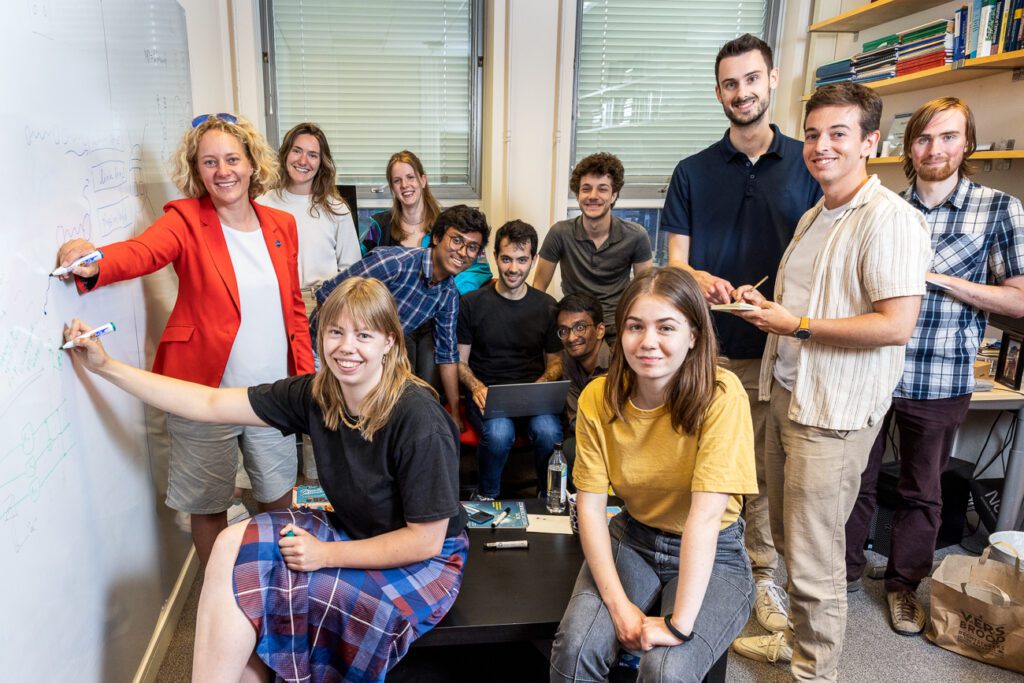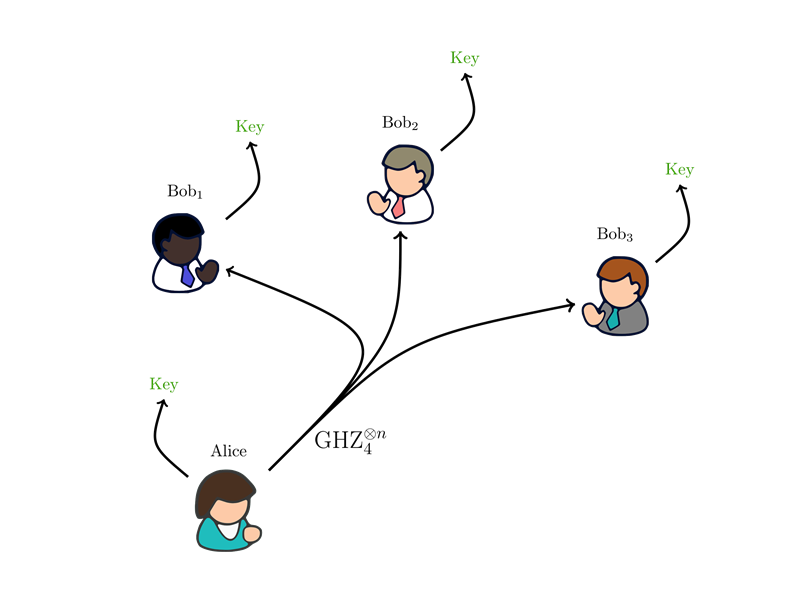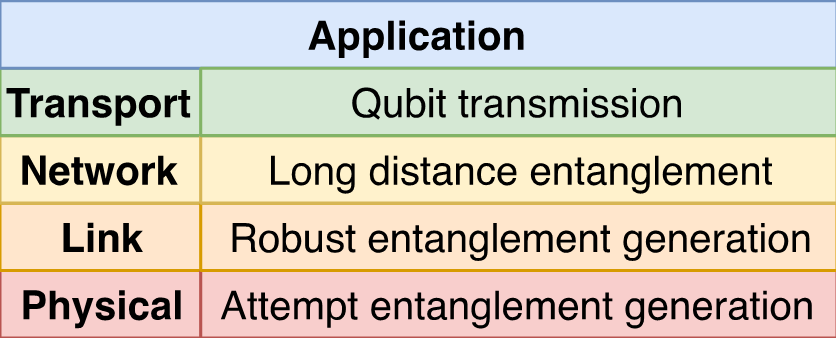Wehner Group
Our goal is design and build a large-scale quantum network as part of QuTech’s Quantum Internet Division. We develop new architectures, theory, methods, and software implementations to overcome the many challenges in realizing this new technology. We also develop and analyze new applications protocols that make a quantum internet useful.
To realize our ambition of building a Quantum Internet, we work with the Quantum Internet Alliance which aims to realize a prototype network connecting two metropolitan scale networks via a long-distance link. In collaboration, with quantum hardware groups, we implement our ideas on quantum hardware, and inspire new theory that can overcome the challenges presented by practical quantum network implementations.

To achieve these ambitious goals, our team consists of people from both computer science and physics. We work towards:
- Quantum Network Architectures at all levels, including the development of a Blueprint for the implementation of near and far term quantum networks. Efforts include
- Physical layer: including architectures for connecting end nodes, and efficiently generating entanglement over long-distances.
- Network, including routing and scheduling algorithms
- Application Layer, including algorithms for scheduling quantum network programs.
- Quantum Network Systems – we work on bringing quantum networks from a physics experiment to a quantum network system. This includes the design and implementation of a quantum network stack, and a quantum network operating system enabling quantum network applications to be programmed in high level software.
- Applications – we work on designing and analyzing new application protocols, with a special focus on resource efficiency and performance in near-term quantum networks.
- Industrial Collaborations – we actively work with several industrial partners in order to bring Quantum Internet technology closer to wide spread realization and eventually the market.
Follow the latest developments in our work on twitter via @StephWehner.
Applications
Our research in quantum network applications has three main focus point. First, we develop new quantum network protocols in the domain of cryptography and distributed systems. Examples of recently developed protocols include secure secret key generation among multiple parties, two-party cryptography, anonymous transmission of a quantum message in a network and sharing quantum secrets among a set of parties in a verifiable way. Second, we analyze existing protocols to determine and improve their resource efficiency (number of qubits, Bell pairs, time etc.) and quantum advantage over classical counterparts. Finally, we demonstrate protocols on few-qubit networks and analyze their performance in realistic implementations.

Blueprint and simulation
We aim to develop a blueprint for the future Quantum Internet, for which we use computer simulations to investigate and optimize over various design aspects of a quantum internet. First, we aim to optimize the type of the hardware that is available at each network node and its required hardware parameters necessary to satisfy end-user demands. Second we analyze the network architecture, including questions like where to place quantum repeaters and what entanglement generation protocols to use for optimal entanglement generation rates. Thirdly, we define the expected performance of the control plane, including a quantum network stack and high-level applications. For this purpose we develop NetSquid, a powerful simulation platform capable of simulating all aspects of quantum networks, ranging from physical hardware to the control plane and high-level applications. This is the main tool we use to simulate large-scale quantum networks. From the simulation results we plan to derive a blueprint for the future Quantum Internet.
Network Stack
We propose a functional allocation of a quantum network stack and construct the first physical and link layer protocols that turn ad-hoc physics experiments producing heralded entanglement between quantum processors into a well-defined and robust service. This lays the groundwork for designing and implementing scalable control and application protocols in platform-independent software. Using our purpose built discrete-event simulator NetSquid for quantum networks, we examine the robustness and performance of our protocol using extensive simulations on a supercomputing cluster.
